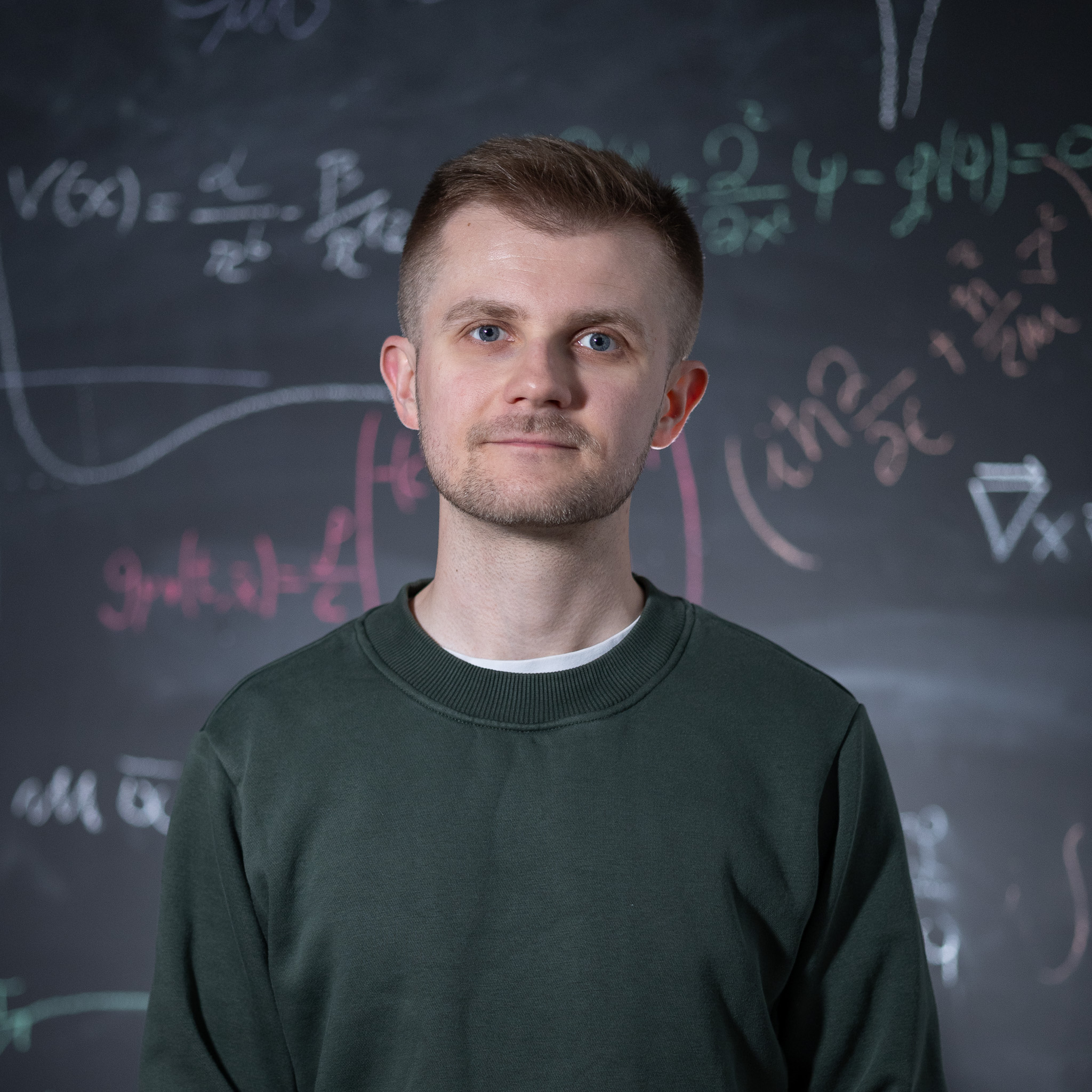The fuzzy world of quantum mechanics is usually relevant only on the atomic scales, separated from our world by orders of magnitude in size. However, large quantities of matter can display collective, quantum behaviour under certain extreme conditions. An excellent example is superfluid helium, cooled down nearly to the absolute zero temperature: its flow is visibly affected by quantum defects, tiny vortices of constant strength.
Luckily, large amounts of superfluid helium can be obtained in a laboratory and undergo experimental investigation. During my PhD studies at Charles University, I researched how its flow (especially when the flow is turbulent) differs from that of ordinary fluids such as water or air. I have then joined the Gravity Laboratory, where we use superfluid helium to explore analog gravity systems influenced by the quantum effects embedded in this fascinating state of matter. The research is part of the Quantum Simulators for Fundamental Physics (qSimFP) consortium.
Luckily, large amounts of superfluid helium can be obtained in a laboratory and undergo experimental investigation. During my PhD studies at Charles University, I researched how its flow (especially when the flow is turbulent) differs from that of ordinary fluids such as water or air. I have then joined the Gravity Laboratory, where we use superfluid helium to explore analog gravity systems influenced by the quantum effects embedded in this fascinating state of matter. The research is part of the Quantum Simulators for Fundamental Physics (qSimFP) consortium.
patrik.svancara
@nottingham.ac.uk
@nottingham.ac.uk
